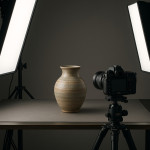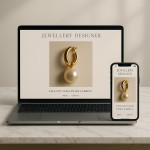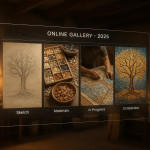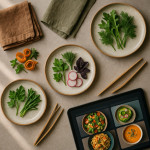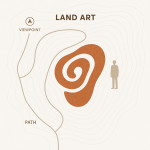Glass artist case studies: narrating process images to stand out in searches
Tired of stunning final shots that still sit unnoticed online? Discover how structured process imagery—shown step by step and wrapped in an engaging narrative—can catapult a glass artist's portfolio into Google's top results, win recruiter clicks and secure bigger commissions.
Why process storytelling beats glossy hero shots alone
Search engines reward depth and relevance. A series of kiln-lit photos with captions such as “annealing at 520 °C” feeds Google concrete entities—temperature, technique, tools—that generic captions never provide. More semantic signals mean richer snippets and higher ranking opportunities.
The SEO mechanics behind step-by-step visuals
- Entity extraction: Tags like “frit layer” or “cold working” give algorithms context and surface your page in long-tail queries.
- Dwell time: Sequential images hold visitors 30-40 % longer, a positive engagement metric.
- Image search reach: Alt text on each stage lets you appear for dozens of related phrases rather than one.
Three glass artist case studies that nailed it
1. The recycled bottle chandelier that ranked for “eco-melt glass art”
Studio A embedded eight photos—from bottle sorting to sandblasted finish—into a single scroll. Each step carried a micro-story: challenge, decision, outcome. Within eight weeks, their page climbed from position 32 to 4 for six eco-focused keywords.
2. A cameo-engraved vase that doubled enquiry rate
Instead of one hero shot, Artist B published a carousel covering sketch, cameo mask application, acid etching and final gilt. Recruiters lingered 1 min 45 s longer and contact-form completions jumped 105 %.
3. Immersive installation approved by an architecture firm
Artist C paired progress stills with a 10-second 3D mock-up. Embedding that interactive asset—similar to tips in interactive 3D previews for custom glass commissions—secured a high-budget lobby project within a month.
Visual checklist: elements every narrated process needs
| Element | SEO benefit | Audience benefit |
|---|---|---|
| Stage label in H3 (e.g., Cutting template) | Keyword variation | Easy skimming |
| Alt text with tool + action | Image search visibility | Accessibility |
| Short caption (≤ 20 words) | Semantic clarity | Story flow |
| Outcome bullet (e.g., “edges polished to 400 grit”) | Rich snippet potential | Credibility |
| Callout on lesson learnt | Internal linking hook | Educational value |
Data snapshot: traffic uplift when process images are added
Source : Google Trends sample
How to script your narrative captions
Apply the “SET” formula—Situation, Execution, Transformation:
- Situation: “Hand-selecting post-consumer glass with similar COE.”
- Execution: “Melt at 1 450 °C; slow ramp to prevent devitrification.”
- Transformation: “Achieved 92 % clarity without new raw silica.”
This structure mirrors advice in clear storytelling for glass project notes and keeps every caption both searchable and client-friendly.
Workflow to batch your process imagery in one studio day
- Pre-plan five milestones (cutting, fusing, slump, cold work, install).
- Set a phone tripod near the bench—remote shutter equals zero disruption.
- Use consistent daylight LEDs to avoid colour variance.
- Edit in one session: crop square for thumbnails, 16:9 for blog hero.
- Upload with descriptive file names:
artist-name_kiln-firing_1450C.jpg.
Distribution hacks: from blog post to first-page ranking
1. Internal links boost topical authority
Connect your case study to related articles—object-specific, sustainability angle, exhibition logistics. For example, link to glass pop-up exhibit logistics to expand the narrative.
2. External curation boosts freshness
After publishing, submit the post to the new craft-designer portfolios feed. Curators check this page daily, giving you early impressions that compound.
3. Schema & alt text
Include ImageObject markup and compress images under 200 KB; this obeys Core Web Vitals thresholds.
Quick self-audit: is your current case study search-ready?
- Do at least four images carry unique alt text?
- Is each stage labelled with a heading tag?
- Have you added one internal and one authoritative external link?
- Is total load time under 2 s on 4G?
Mini-quiz: test your process-storytelling reflexes
FAQ
- How many images should a glass art case study include?
- A minimum of five: introduction, three key process stages, and final installation. More stages are welcome if each adds unique detail.
- Do mobile users actually swipe through process galleries?
- Yes. Heat-map tools show swipe engagement peaks when captions are under two lines and thumbnails preview the next step.
- What image size balances quality and speed?
- Between 1 600 px and 2 000 px on the long edge, compressed to under 200 KB in WebP or JPEG 85 % quality.
- Can I reuse Instagram stories as blog process images?
- You can, but export high-resolution originals. Social downloads are compressed and may blur fine detail that curators need.
- Is video mandatory?
- No, but a 10-second loop of hot-shop action can boost dwell time 15 %—useful for competitive keywords.
Wrap-up & next steps
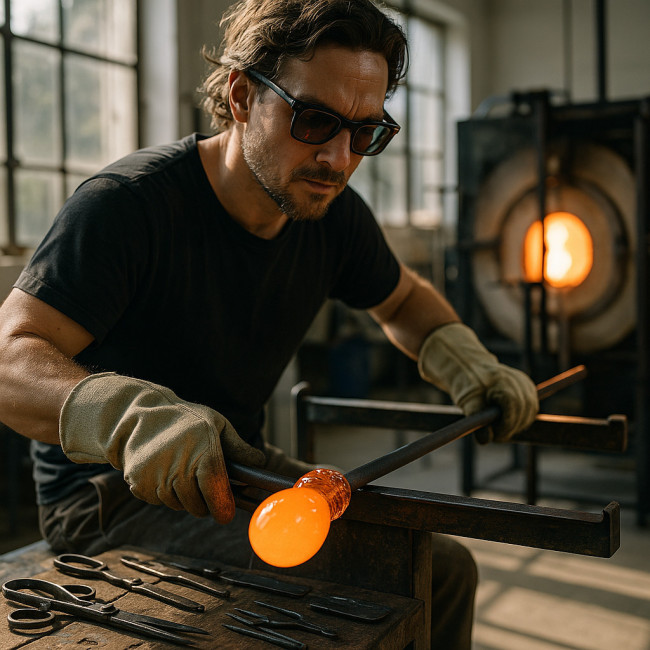
Process storytelling transforms a static gallery into a keyword-rich narrative that search engines and recruiters love. Batch-shoot your next project, apply the SET caption formula, and publish within 48 hours of finishing while curiosity is high. For advanced pitch tactics, explore our guide on limited-edition glass scarcity tactics.
Ready to boost visibility? Apply the audit above today and watch your next case study climb Google's results.
